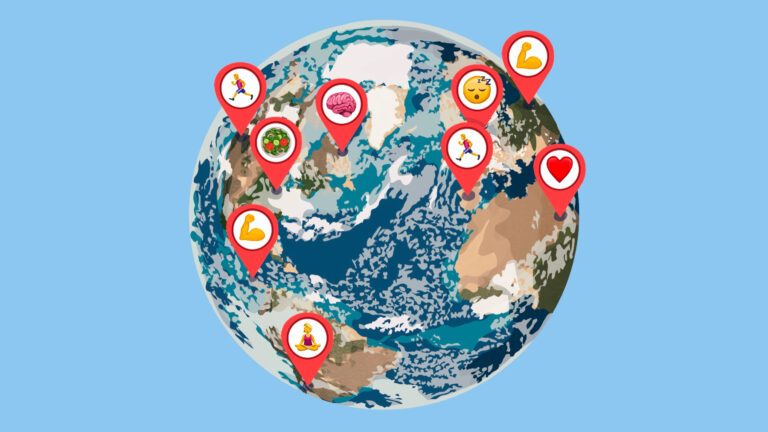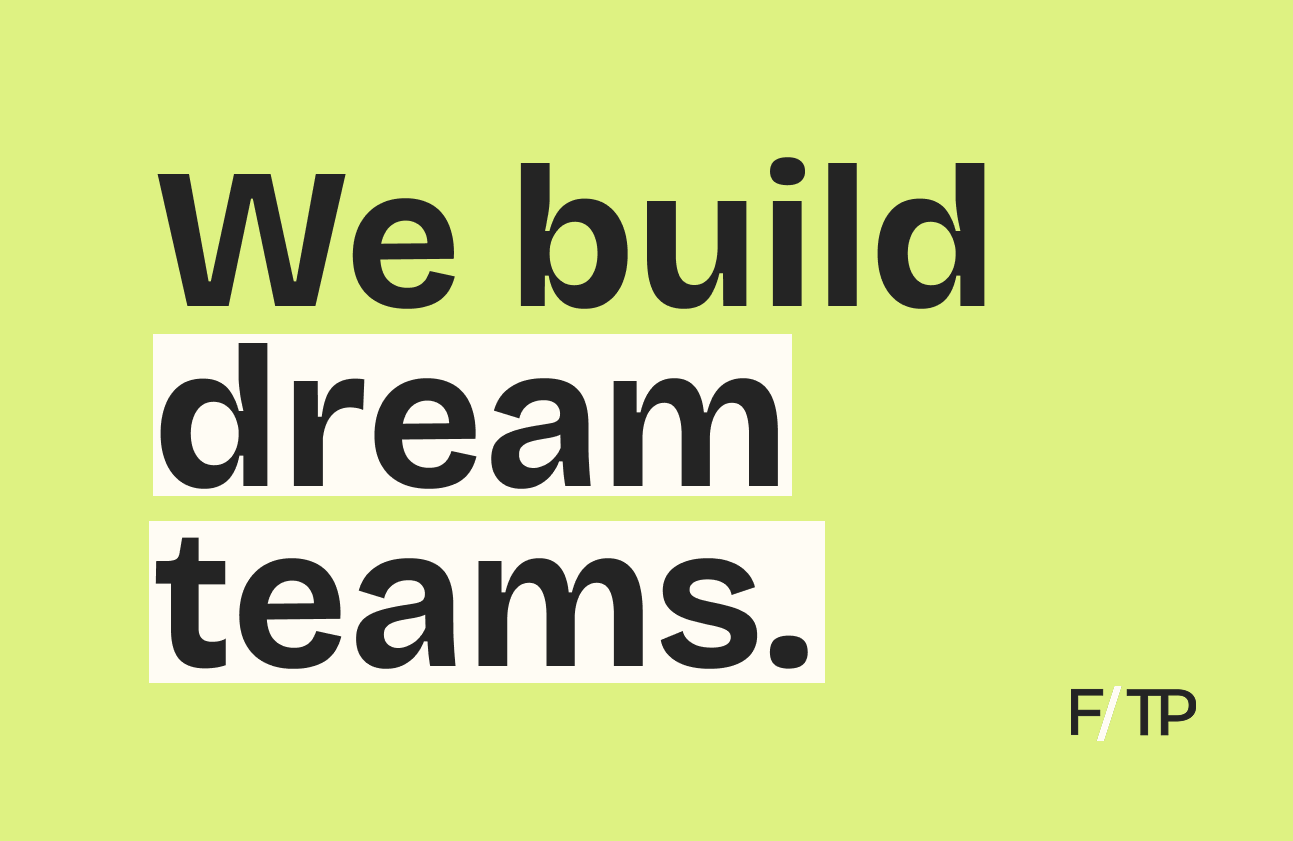More than ever, local parks, trails, and bike lanes have become a respite from an isolated, sedentary existence. Now, as we begin to re-enter society, an effort to preserve and expand greenspace and car-free streets is underway.
What’s happening: Under lockdown, outdoor activities like walking and biking were deemed essential. For transit, exercise, or mental health, the use of vacant sidewalks, empty streets, and secluded trails are the preferred means of socially distant activity.
Why it matters: For the time being, precautionary measures like car-free streets are meant to protect public safety by providing an alternative to overcrowded infrastructure or shuttered gyms. In the long run, pro-pedestrian and cyclist-friendly measures could outlast the pandemic.
The big picture: From fitness and wellness to healthcare, trillions of dollars are spent each year in the pursuit of well-being. Unfortunately, all that spending hasn’t amounted to much in the way of health outcomes: in the US, about 39% of the population is obese — a number that’s expected to top 50% by 2030.
- A sedentary lifestyle costs the world $67.5B and 5M lives each year.
- Walking regularly, even below minimum recommended levels, lowers all-cause mortality.
- If all adults aged 18–64 walked 15 minutes more a day, the world economy would grow by an estimated $100B year-over-year.
At a moment when we’re compelled to rethink nearly every aspect of our lives, championing a simpler, accessible, and more sustainable approach to physical activity—not just exercise—could have a lasting impact on public health, beyond those who are already fit.
Essential Needs
When shelter-in-place orders went into effect, some cities made exemptions for outdoor activities like walking, hiking, and running — all with a six-foot buffer. The rationale was simple: taking a stroll, breaking a sweat, and soaking in some sunlight contributes to a healthy immune system and overall well-being.
Additionally, the mere presence of trees is good for us, from calming an anxious mind to improving sleep and reducing stress. The range of possible health benefits is so vast, in fact, that doctors have taken to prescribing time outdoors as a possible cure for a growing number of ailments.
Of course, in the midst of a pandemic, nothing is what it seems. With uncertainty abound, questions remain about the safety of being in public.
A New York Times article described the “new terror, and the intensifying debate, over going outside”. The article included a stark warning: “The unpleasant truth, especially for city dwellers, is that every time you step outdoors, your risk of infection rises.”
A more nuanced take, Dr. Emily Landon, a hospital epidemiologist and infectious diseases specialist at University of Chicago Medicine, told NPR: “Always choose outdoors over indoor, always choose masking over or not masking and always choose more space for fewer people over a smaller space.”
Out and About
While would-be gym-goers panic bought Pelotons and dumbbells, countless others went outside.
In March, nationwide sales of bicycles, equipment, and repair services were up 50% over last year. Of note, sales of adult leisure bikes were up 121%, according to market research firm NPD Group. Speaking to the New York Times, Ryan Zagata, president of Brooklyn Bicycle Company, said, “I have never seen anything remotely approaching this.” The company’s sales are up 600% compared to the same period last year.
Similarly, trail usage has been on the upswing since the onset of the coronavirus outbreak. Foursquare data shows foot traffic on trails was up 34% nationally, and visits to parks were up 10% nationally from the week ending February 19 to the week ending March 27. Likewise, an analysis of 31 trails by the Rails-to-Trails Conservancy showed trail usage was up almost 200% for the week of March 16–22 from the same week in 2019.
With the arrival of warmer weather, expect these numbers to rise in the weeks and months ahead.
Open streets
After initially restricting access to public spaces and cracking down on park-goers, cities have begun to rethink their approach.
- In the US, New York City, Austin, Seattle, Cleveland, Oakland, and Philadelphia are among a growing number of cities changing street uses and restricting cars.
- In Europe, city officials in London, Paris, Brussels, Milan, and elsewhere are seizing this moment in an effort to accelerate toward a car-free future.
- Most ambitious of all, UK officials announced a £2B plan ($2.5B) to put walking and cycling “at the heart” of the country’s transportation system.
Like most things, there’s no consensus on the topic, so implementing lasting changes will be hotly debated. Will there be funding? How much longer will social distancing be necessary? Should cities expect a mass exodus?
For now, there are more questions than answers. But, there is precedent for cities making sweeping and lasting changes in the wake of a pandemic.
Reshaping Cities
Throughout history, architecture, infrastructure, and urban planning have been a primary defense against the risk of infectious disease.
In response to the cholera epidemic of the 1800s, Fredrick Law Olmsted, the father of American landscape architecture and visionary behind America’s first public parks, convinced New York City officials to build Central Park — a project he designed and executed.
Meanwhile, across the Atlantic, the cholera outbreak prompted Napoléon III to remake Paris — tree-lined streets and parks, fountains, and an elaborate sewage system that transformed Paris into the modern-day “City of Light.”
Returning to the present day, it’s unclear how COVID-19 will reshape the cityscape, but more important than ever that public health is at the center of the conversation.
Takeaway
Just as urban planning has played a role in protecting us from infectious diseases like cholera, typhoid, and tuberculosis, design can help us address 21st-century epidemics, namly chronic ailments like obesity, diabetes, and cardiovascular disease.
In the case of the latter, though, our modern conditions are largely preventative. With that in mind, prioritizing green space, trails, and pedestrian-friendly cities is just the beginning.
As social distancing persists, exercising at the park may replace going to the gym. This summer, outdoor yoga classes could be a stand-in for boutique studios. And low-cost, equipment-free workouts will become the standard. An alternative to expensive or complex fitness regimens, COVID-era exercise could be a catalyst for simpler, more accessible forms of physical activity.
Ultimately, fitness is exercise you pay for. And, in many ways, COVID is serving as a reminder that the best things in life are free.
💪 WOFH Gold Rush
In last week’s report, And Then What?, we referenced the impending workout-from-home gold rush.
“A next-order effect of COVID, founders and investors have pounced on the workout-from-home (WOFH) opportunity. While gyms and studios try to figure out content, startups backed by millions in funding are focused on building hardware and algorithms for more effective, personalized, and convenient workouts.”
Now, opportunistic connected fitness companies are seizing the moment.
- Tonal is reportedly seeking to raise $250M in new funding for its wall-mounted strength training system.
- Hydrow, maker of a high-tech rowing machine, is raising at least $25M at more than a $100M valuation.
- BurnAlong, FORTË, Every Mother, SARVA, and other digital fitness platforms recently secured investments.
- New entrants to the connected fitness wars, SoulCycle, FORME Life, and Tempo are racing to ship their products.
There’s no denying the opportunity that exists in at-home or on-demand fitness — especially during lockdown. But the extent to which users stick around post-quarantine will be telling.
To that point, Josh Constine explored the idea of the “quarantine user loan” in his newsletter. Constine, formerly the editor of TechCrunch and currently a principal and head off content at SignalFire, wrote:
“COVID-19 quarantines are re-writing our behavior patterns. That creates plenty of opportunities for new startups and products… But the opportunity is fleeting. [New] users aren’t a gift. They’re a temporary loan that will have to be repaid with a usage decline when social distancing orders relax.”
Looking ahead: Constine’s comments weren’t specific to fitness, but the logic can be applied to the space. If and how this temporary user loan impacts sessions logged and subscriptions renewed over the long haul is worth keeping tabs on.
⚠️ Safety First
A study from Korea Center for Disease Control examined a cluster of COVID infections stemming from a group fitness class. The punchline? Researchers found intense workouts in a small space to be a risky proposition:
“The moist, warm atmosphere coupled with turbulent air flow generated by intense physical exercise can cause more dense transmission of droplets.”
On the other hand: The researchers did hypothesize that lower-intensity exercise and smaller class sizes could lessen the risk:
“Of note, instructor C taught Pilates and yoga for classes of 7–8 students in the same facility … but none of her students tested positive. We hypothesize that the lower intensity of Pilates/yoga did not cause the same transmission effects as the more intense fitness classes.”
For now: It’s unclear if returning to the gym is a safe bet, but this study is clear: “Vigorous exercise in confined spaces should be minimized during outbreaks.”
📰 News & Notes
- Fitness on TikTok is booming.
- The risk of 14 summer activities, ranked.
- Rory, a women’s health brand from Ro, enters dermatology.
- How the biggest consumer apps got their first 1,000 users.
- Meditation apps make us feel better than social or gaming apps.
- Like Flywheel and Echelon before it, Peloton is suing ICON Health and Fitness.
💰 Money Moves
- Gathered Foods, makers of Good Catch plant-based seafood products, closed a new funding round.
- Imperfect Foods, a company aiming to eliminate food waste, closed a Series C funding round of $72M.
- Mindstrong Health, a digital platform for serious mental health conditions, raised $100M in Series C funding.
- American Well, a telemedicine company, raised $194M in funding.
- Omada Health acquired Physera, a leading musculoskeletal care company, for $30M.
- GHOST, a sports nutrition brand, secured an investment from ZX Ventures, the venture arm of Anheuser-Busch InBev. Terms were not disclosed.
- Magic Mountain, a group wellness activity app, secured a £500K investment.
- PathSpot, a hand hygiene management system, raised $6.5M in Series A funding.
- Hudl, a sports performance analysis platform, secured funding from Bain Capital Tech Opportunities. Terms were not disclosed.
- Thriva, a UK-based provider of at-home blood tests, raised £4M in new Series A funding.
- Mental health platform Tava Health closed a $3M funding round.
- War Paint, UK-based men’s makeup company, raised more than £1M.More from Fitt Insider: Erasing Stigmas: The New Wellness Playbook
Raising funding or recently closed a round? Email us: team@fitt.co






